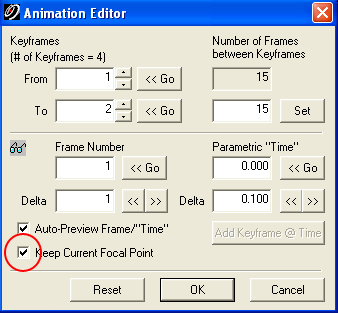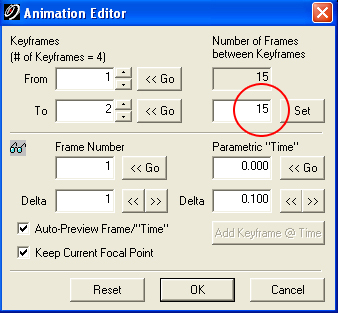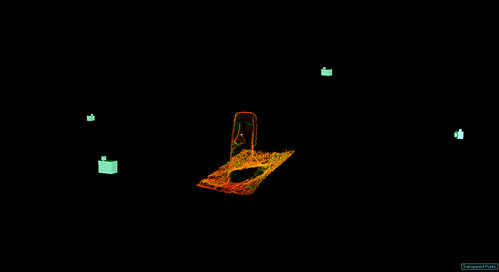Agencies have launched social networking applications at such a fast pace that government officials said on Friday that they plan to add more applications, such as Apple’s popular media store iTunes and the career-networking site LinkedIn.
The government also is negotiating agreements with social publishing site Scribd and commenting platform Intense Debate, said Martha Dorris, acting associate administrator for the General Services Administration’s Office of Citizen Services and Communications. The federal government has signed modified terms of service agreements to allow agencies to use social media sites Flickr, Facebook, YouTube, Vimeo, Slideshare and AddThis, among others.
The response to the agreements has been excellent, Dorris said. Agencies have set up Facebook profiles, Twitter accounts and YouTube channels to share information with the public. “We’re looking at taking information wherever citizens go to get information,” she said, adding GSA will consider adding more social networking sites, depending on requests from agencies.
Sheila Campbell, team leader of best practices for USA.gov and co-chairwoman of the Federal Web Managers Council, said tools such as Twitter offer the government the ability to communicate with the public very quickly in times of emergency. She cited as examples the Center for Disease Control and Prevention’s use of social media during its peanut recall and the swine flu outbreak.
Despite the common perception that social media tools are used mostly by younger users, baby boomers are the fastest-growing segment of users for most applications, according to Dorris. She said agencies were inspired by President Obama’s use of new media tools during his campaign and by WhiteHouse.gov, and have applied those lessons to outreach programs.
“Government needs to provide services and information the way the public wants it,” Dorris said. “One way is to engage the citizen, get an understanding of what they want. Give them a chance to be part of the decision-making in a way they never have before.”
When asked how agencies can move beyond simple broadcast of information to using social media to collect feedback, Dorris said Obama’s recent request for public input to support his open government initiative is an example. She said requests for public comments on health care and the recovery act were other examples.
“Let the public rate comments,” Dorris said. “Then take the issues, rated and ranked and look at the top 10. I think there’s a value to that externally and internally to solicit comments and feedback within your organization.”
The Federal Web Managers Council is working with agencies to craft policies for using social media tools, but the rules aren’t likely to be much different from existing guidelines on releasing information publicly, according to Campbell. “I think the same rules and ethics apply,” she said. “If you’re on Twitter, you shouldn’t be posting confidential information, just as you wouldn’t if speaking at a conference.”
GSA general counsel Seth Greenfield said any new social media policies would only complement existing ethical standards and regular use policies being applied to the use of IT.









 By
By 